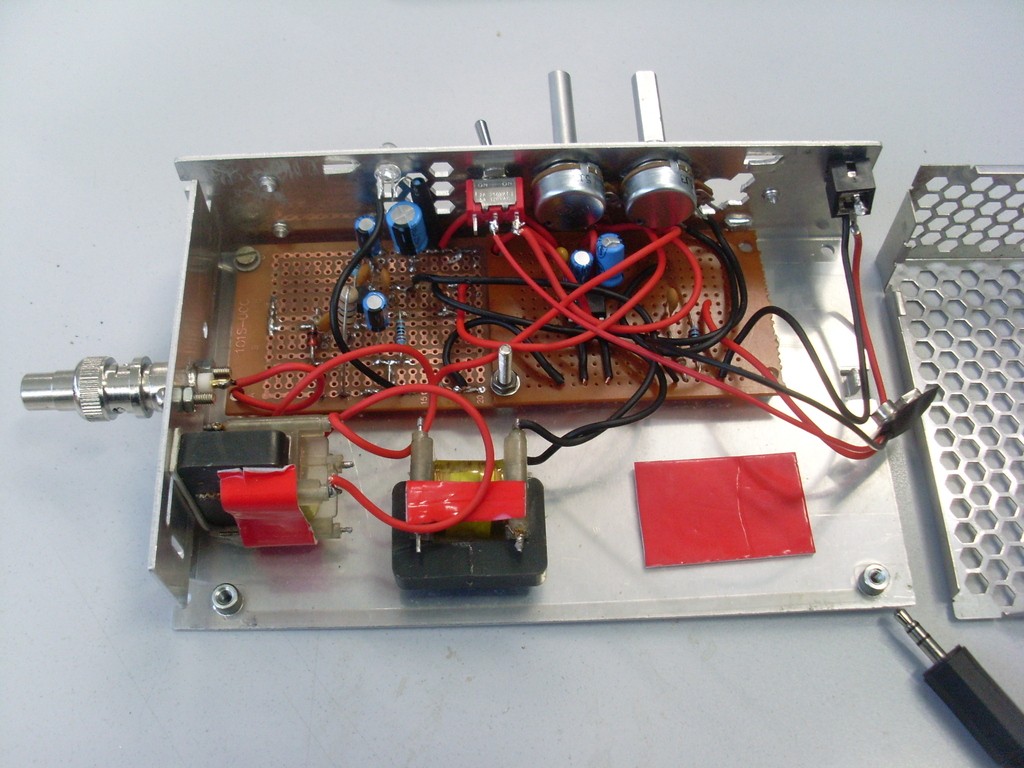Stephen McGreevy will be presenting On the Art of Natural VLF Radio Field Recording.
Stephen McGreevy Presenting On the Art of Natural VLF Radio Field Recording - 2015 Energy Science & Technology Conference
Stephen McGreevy Presenting On the Art of Natural VLF Radio Field Recording - 2015 Energy Science & Technology Conference





Comment